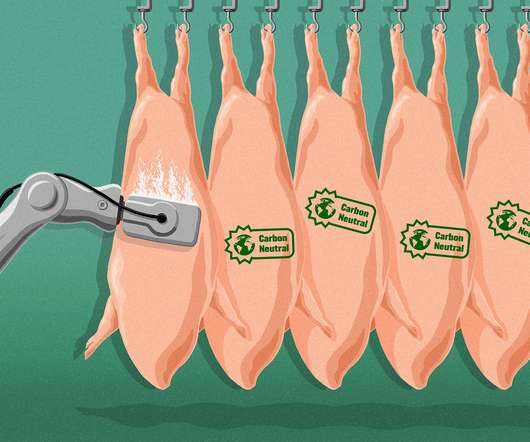L'Oréal embraces environmental labelling under revamped sustainability strategy
Business Green
JUNE 25, 2020
It also pledged to reduce the greenhouse gas emissions of its finished products by half by 2030 compared to 2016 levels, and confirmed it intends to achieve 'carbon neutrality' across its sites by 2025 through building energy efficiency upgrades and replacing fossil fuel energy systems with renewables.















Let's personalize your content